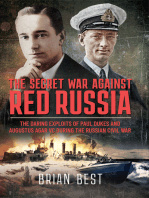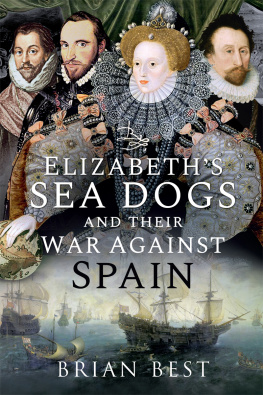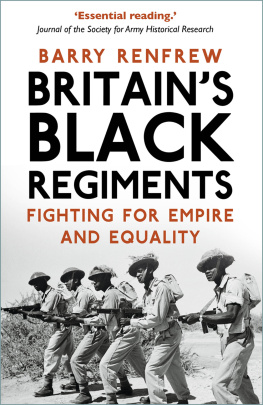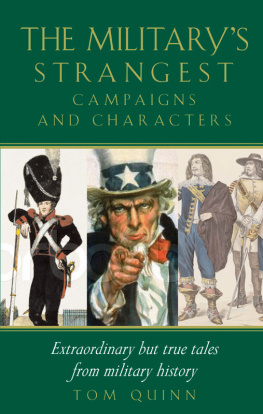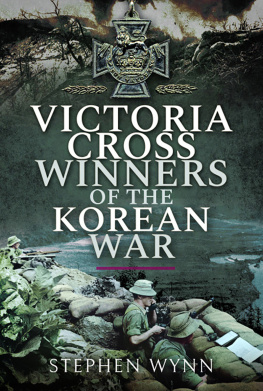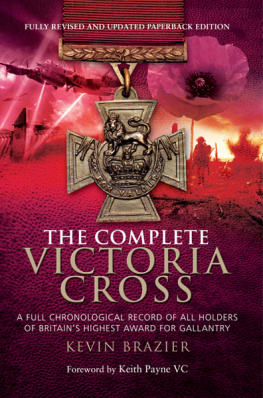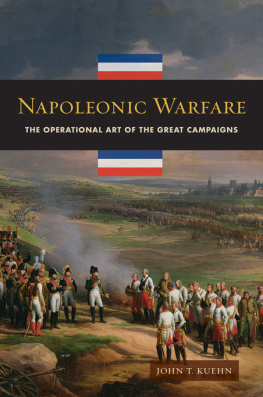
THE
VICTORIA CROSS WARS
THE
VICTORIA CROSS WARS
Battles, Campaigns and Conflicts of All the VC Heroes
Brian Best
Frontline Books
THE VICTORIA CROSS WARS
Battles, Campaigns and Conflicts of All the VC Heroes
First published in 2017 by Frontline Books,
an imprint of Pen & Sword Books Ltd,
47 Church Street, Barnsley, S. Yorkshire, S70 2AS.
Copyright Brian Best, 2017
The right of Brian Best to be identified as the author of this work has been asserted by him in accordance with the Copyright, Designs and Patents Act 1988.
ISBN: 978-1-47388-736-7
eISBN: 978-1-47388-738-1
Mobi ISBN: 978-1-47388-737-4
All rights reserved. No part of this publication may be reproduced, stored in or introduced into a retrieval system, or transmitted, in any form, or by any means (electronic, mechanical, photocopying, recording or otherwise) without the prior written permission of the publisher. Any person who does any unauthorized act in relation to this publication may be liable to criminal prosecution and civil claims for damages.
CIP data records for this title are available from the British Library
For more information on our books, please visit
www.frontline-books.com
email
or write to us at the above address.
Introduction
The institution of the Victoria Cross in 1856 came two years after the introduction of the Distinguished Conduct Medal, which had been approved by Queen Victoria in December 1854. This was awarded for bravery to those of the rank of sergeant and below and followed the French example of the Mdaille Militaire , which was formed in 1852. Many have incorrectly claimed that the Victoria Cross was the first award for gallantry and that we were following the example of similar awards made by France and Prussia. In 1813, King William Frederick III of Prussia ordered a new medal to be struck to replace all existing military decorations; the Iron Cross. It proved to be a brilliant public relations stroke as it equally rewarded men of all ranks. Napoleon had instituted a similar decoration in 1804 with the Lgion dhonneur . It took until 1856 before Britain introduced a medal for all ranks; the Victoria Cross.
The Crimean War was the first European war to involve Britain since Waterloo and the first to receive blanket newspaper coverage. The now more readily available newspapers highlighted the case for a truly democratic recognition of all outstanding gallantry acts. So was set in motion an award would recognise all ranks from Privates to Officers of lower grades.
There are several people who could legitimately claim to have first suggested the awarding of an all-ranks gallantry award. One to have the strongest claim was The Times special correspondent, William Howard Russell, who accompanied the Army to the Crimea. He was to witness the three major battles of September to November 1854; Alma, Balaclava and Inkerman. He was given free rein by his editor, John Delane and filled the paper with his eyewitness accounts. As early as 30 October 1854, he received a generous letter from The Times proprietor, John Walter acknowledging the emphasis on highlighting the plight of the ordinary soldier; the credit due of having added another laurel to the crown of the Fourth Estate by the fidelity and zeal with which you have reported, even on the field of battle, and evidently at considerable peril, the glorious achievements of our troops; while you have certainly earned their gratitude by making known their needless hardships.
Russell learned from conversations in the camps of the bravery displayed by the British soldier. He wrote suggesting the Queen might create an order of merit or valour and that it should bear her name. He was gratified, when, in 1856, the Victoria Cross was instituted.
His reports may have influenced the Bath MP, Captain George Scobell, to raise the question in the House of Commons on 19 December 1854 requesting the bestowal of an Order of Merit to; every grade and individual.
Another who was instrumental in establishing the VC in its present form was Queen Victorias husband, Prince Albert. He was a man who relished order and it was he who composed the first Warrant laying out the rules for its bestowing. Since the first Royal Warrant others have been issued modifying and limiting the VC provisions. One such Warrant was issued in 1858 and stated it may be awarded to those; who may perform acts of conspicuous courage and bravery in circumstances of extreme danger, such as the occurrence of a fire on board ship, or of the foundering of a vessel at sea, or under any other circumstances in which life or public property may be saved . It was a short-lived Warrant that did not find favour with the War Office and in 1881 it was replaced with a new Warrant that made it clear; the qualification shall be Conspicuous bravery or devotion to the country in the presence of the enemy.
The design of the medal was altered and approved by the Queen. She suggested using the motto For Valour rather than For the Brave on the grounds that all her soldiers were brave. The design resembles the Peninsular Gold Cross and is often referred to as a cross patte . A copper sample was sent to the Queen for approval but she rejected the choice of metal as it; would soon look like an old penny. Instead she suggested that bronze would be more attractive and that it should be coated with a greenish varnish to protect it.
It was soon found that bronze was too hard and broke the steel dies at Hancocks, who had been appointed to supply the new award. There was little option but to resort to the wasteful process of sand casting. The crude casting required the Cross to be finished by hand-chasing and careful filing to bring out the detail. The completed Cross was unique in the same way that finger-prints are to each of us. Appropriately the bronze used was supplied by the cannon captured from the Russians during the Crimean War.
By the beginning of the First World War, the supply of bronze was running out. An apocryphal story has it that a couple of fitters at the Woolwich Arsenal were told to go and cut the cascables (the large ball-like projection at the breech-end around which recoil ropes were secured) from a couple of Russian cannon. Unable to identify the Russian pieces, the fitters cut the cascabels from the two nearest cannon, which turned out to be Chinese, possibly captured during the First Opium War of 1840. Apart from a period in the latter part of the Second World War, when the Chinese bronze could not be located and scrap bronze was used, this has been the metal from which the crosses have been made. Since then all VCs are made from the Chinese cascabels with enough to make a further sixty Crosses.
Apart from the Crimean War, the British Army was involved in fighting unsophisticated foes during the period up to the First World War. An exception can be made for the Boer War but even this conflict did not involve fighting in conventional European formations. This produced a Victorian-style of fighting which ended within a year of the start of the First World War. This latter conflict called for a more ruthless attitude, and more humanitarian deeds were rewarded with fewer acts of gallantry being recognised. Also, the bar has been progressively raised so that the VC act is verging on the suicidal, with a high incidence of posthumous awards.
The decision of the Commonwealth countries of Australia, New Zealand and Canada to institute their own version of the Victoria Cross during the latter part of the twentieth century has rather muddied the waters. The Victoria Cross and George Cross Association invites the current recipients of these new awards to its bi-annual Rededication Service at St Martin-in-the-Field, which would bring the current total of VCs award to 1363. For the sake of clarity, this book covers only the British or Imperial VCs awarded totalling 1358, including three double VCs.
Next page

